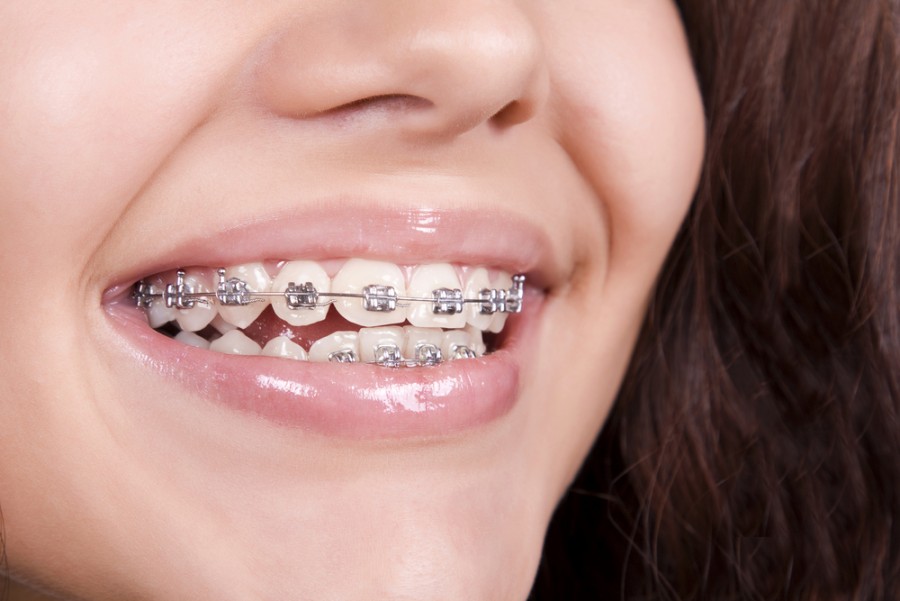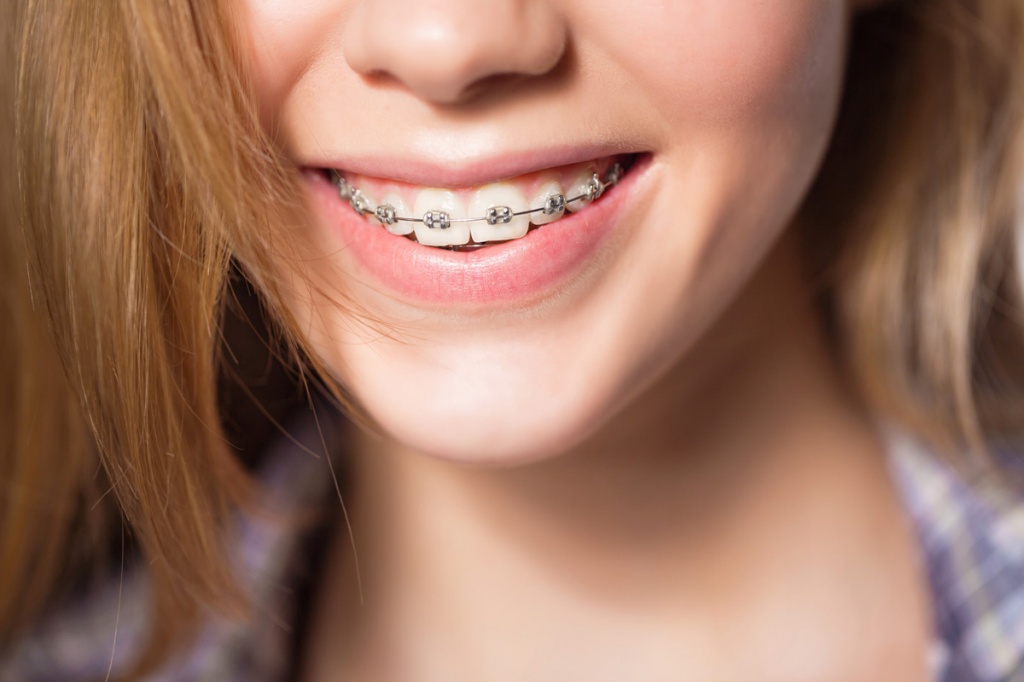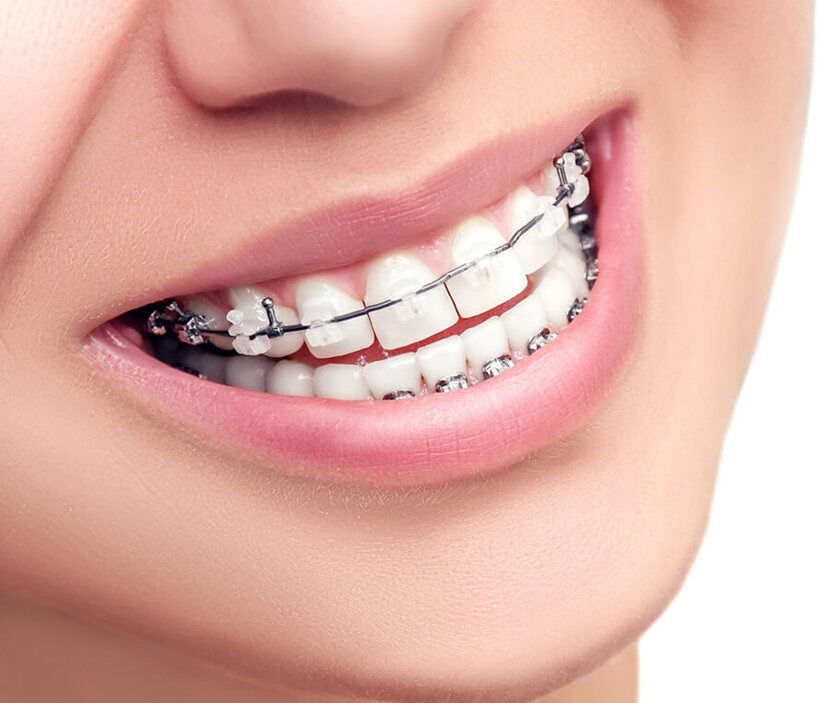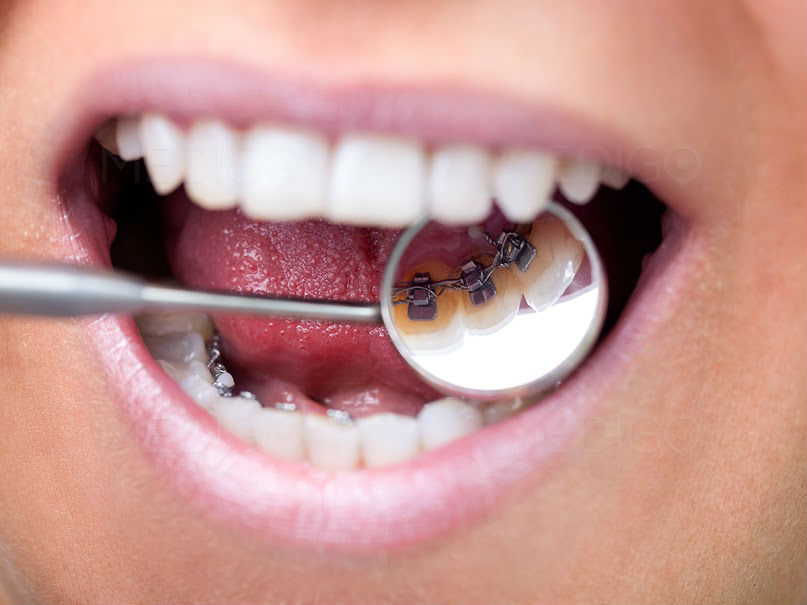

| Metal Braces (1 jaw) adult/child | 99 950 р. |
| Clear Braces (1 jaw) adult/child | 119 950 р. |
| Selfligatures Braces (1 jaw) adult/child | 119 950 р. |
Traditional braces have been around for many years. They are the standard among patients looking to straighten their smile. Today’s contemporary braces are made of exceptionally strong metals as they need to be able to stand the test of time while they are on your teeth.
As long as your teeth are healthy, then you are a great candidate to have braces. A straight smile is important at any age. However, orthodontists recommend that children visit their offices at the age of seven in order to diagnose any problems and to start with preventative care. Catching problems early on will help to avoid problems later on in life.
If you were unable to see an orthodontist at a young age, you can still see one later in life to help correct your smile. With the different varieties of braces, friends and coworkers will have no idea that your lunch date is really your orthodontist appointment.
Most orthodontists begin treatment on children between the ages of 9 and 14 as most problems are easily fixable during this time. The earlier the treatment the better because you will be able to help your child correct oral habits that are harmful to their dental development, guide teeth into the correct position and avoid protruding front teeth.
The most common orthodontic treatments are for spacing, crowding, overbites, under bites and cross bites. These problems can be fixed easily earlier on in life but sometimes it is not corrected.
For whatever the reason, as an adult, you can still have these problems fixed during your adult lifetime. The only requirements that you need for braces are that your teeth and gums are in healthy and in good condition.
Braces create the perfect smile by placing a constant and gentle force on the teeth which help them to slowly yet efficiently move into the correct position. When teeth are in the right position, the person will experience better dental and overall health benefits.
For the majority of patients, teeth straightening with dental braces may take anywhere between just 6 months and 2 years. Your orthodontist will be able to give you an accurate estimate of how long your braces treatment will take based on their experience treating patients of similar requirements.
By treating the irregularities of the jaw and teeth, orthodontic procedures not only create an attractive smile but are meant to protect the life-long health and functionality of the entire mouth. Misaligned, occluded and misshapen teeth are often the cause of headaches, jaw pain and, surprisingly, tooth decay. Straight teeth are generally more healthy and stronger, not only because they allow for the growth of other strong teeth, but because they are simply easier to clean, brush and floss. Straight teeth not only contribute to a more attractive smile, but they make it easier to chew, eat and speak correctly.
Braces allow those children and adults who are affected by dental irregularities to correct harmful oral habits. Furthermore, braces reduce tooth wear and limit the potential to damage to jaw joints. The list of benefits of braces is extensive, giving parents a variety of reasons to make the commitment of braces and orthodontia for their child.
There might be need of braces if you show the following signs:
Orthodontics has come a long way since the days when wearing braces meant having a mouth full of metal. Now, there are many different braces to choose from that are smaller, easier to wear and more effective than ever before.


